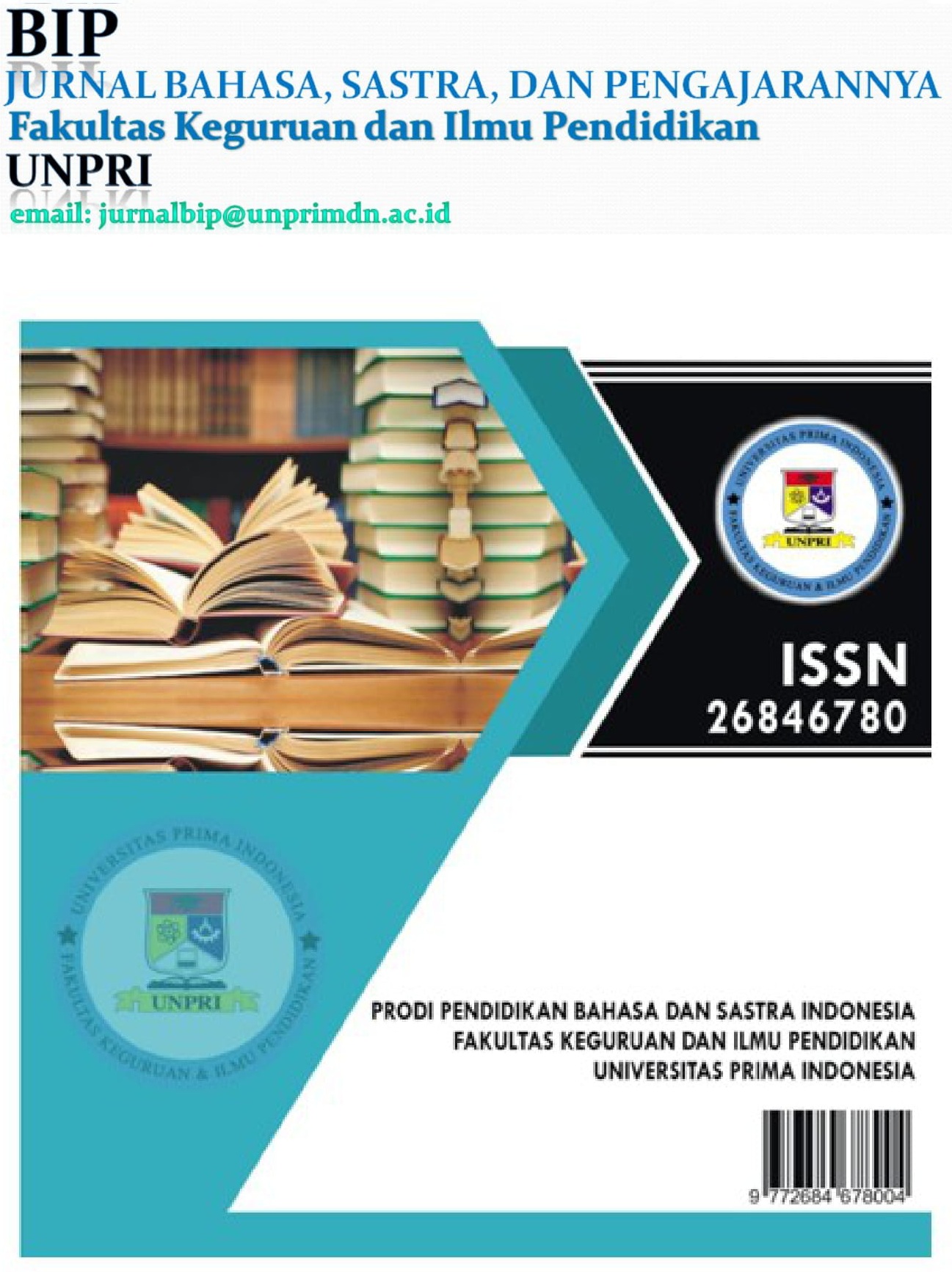Cognitive poetic Analysis of Hidden Transcript in Two Selected Songs by Sam Kapisa and Arnold Ap
##plugins.themes.academic_pro.article.main##
Abstract
The Biaknese has a rich singing tradition. This tradition usually has a gnomic function, in the form of advice or wise words in dealing with various phenomena in their lives. In the social and political context, this tradition also equips the Biaknese in making criticism while avoiding retaliation due to their vulnerable position. This indirectness is a method often used by sub-ordinate or oppressed groups, which James Scott calls as hidden transcript. This research discusses hidden transcript messages in two songs by Sam Kapisa and Arnold Ap, “Manyei sima” and “Arbanya ifo amsam.” Both songs use metaphorical expression inspired by the ecological life of the Biaknese such as the sea, and its animals like birds and marine life. The purpose of this research is to analyze the implied meaning hidden in these metaphors. The method used in this research is qualitative and content analysis to analyze the hidden transcript in the text of the two songs. In particular, this study refers to the concepts of Peter Stockwell and George Lakoff, cognitive poetic and conceptual metaphors with two-domain (target-source) mapping model to infer explicit and implied meanings. The results of the discussion show that the second layer of meaning, although universal, is somehow very reflective because it is determined by the local content specific to the Biaknese and Papuans. Specifically, this finding justifies the existence of hidden transcript elements in the form of metaphor, anonymity, and euphemism in both songs.
##plugins.themes.academic_pro.article.details##

This work is licensed under a Creative Commons Attribution-ShareAlike 4.0 International License.
References
- Akhmad, A., & Dir, B. (2022). The Papua Conflict: The Different Perspectives of The Indonesian Government and International Communities—Review from The English School Theory. Global: Jurnal Politik Internasional, 24(2), 277–302. https://doi.org/10.7454/global.v24i2.1253
- FOZILOVNA, R. D. (RAKHMATULLAEVA). (2020). Variuos Cognitive Stylistic Approach to Characterization. JournalNX, 6(05), 228–234. https://www.neliti.com/publications/336931/
- Gheyle, N., & Jacobs, T. (2017). Content Analysis: a short overview Unpacking (de)politicization View project Trade policy with the lights on. The origins, dynamics, and consequences of the politicization of TTIP View project Content Analysis: a short overview. Centre for EU Studies, December. https://doi.org/10.13140/RG.2.2.33689.31841
- Harrison, C., & Stockwell, P. (2014). Cognitive Poetics. The Bloomsbury Companion to Cognitive Linguistics, 218–233. https://doi.org/10.5040/9781472593689.ch-013
- HOU Xia. (2024). Research on the Classification of Western Literary Criticism Under M. H. Abrams’ Fourfold Model. Journal of Literature and Art Studies, 14(7), 612–615. https://doi.org/10.17265/2159-5836/2024.07.012
- Hussein, P. A. L., & Ismail, Y. H. (2025). A cognitive analysis of conceptual metaphors in Nizar Qabani’s poem “message from under water". International Journal of English Literature and Social Sciences, 10(2), 229–238. https://doi.org/10.22161/ijels.102.38
- Lindgren, B. M., Lundman, B., & Graneheim, U. H. (2020). Abstraction and interpretation during the qualitative content analysis process. International Journal of Nursing Studies, 108. https://doi.org/10.1016/j.ijnurstu.2020.103632
- Mofu, H., Arafah, B., & Malawat, I. (2024). Ethnolinguistic Study of Marine Fishes’ Characters of the Biak Tribe, Papua. Theory and Practice in Language Studies, 14(8), 2532–2542. https://doi.org/10.17507/tpls.1408.26
- Preiser, R., García, M. M., Hill, L., & Klein, L. (2021). Qualitative content analysis. The Routledge Handbook of Research Methods for Social-Ecological Systems, 1974, 270–281. https://doi.org/10.4324/9781003021339-23
- Sebuah, S., & Semantik, K. (2023). Kata Kunci: Sarkasme, Cerpen, Kualitatif. 5(2), 100–105.
- Semino, E., & Demjén, Z. (2016). The routledge handbook of metaphor and language. In The Routledge Handbook of Metaphor and Language. https://doi.org/10.4324/9781315672953
- Susilowati, E. Z. (2018). Resistensi Tandak. Bapala, 5(2), 1–11.
- Torrey, J. (2021). Protest Music in Response to the United States’ OppressivePolitical Culture: An Analysis of Beyoncé’s “Freedom” and JanelleMonáe’s “Americans.” https://scholarship.claremont.edu/hmc_theses
- Turner, E. (2021). Resistance, protest and configurations of time, space and place in Herbs’ Pacific reggae songs. Cidades, Autumn, 26–41. https://doi.org/10.15847/cct.22087
- Warami, H., & Papua, U. (2021). Artikel Tradisi DOu Sandik Kibas Cenderawasih. January.
- Winters, J. (2013). Contemporary sorrow songs: Traces of mourning, lament, and vulnerability In hip hop. African American Review, 46(1), 9–20. https://doi.org/10.1353/afa.2013.0012

